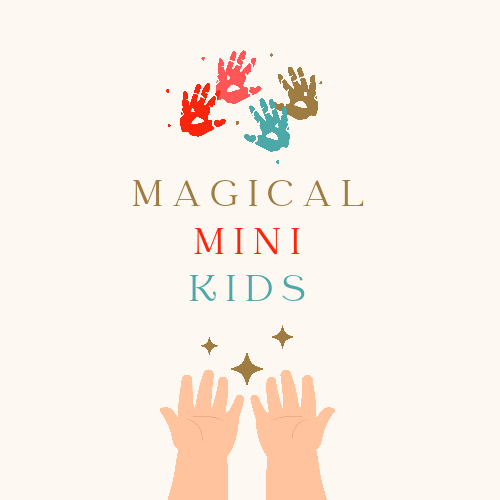
Tips for Parents: Supporting Pre-Writing Skills at Home
Building pre-writing skills doesn’t have to feel like formal learning-it can be woven into play, creativity, and everyday routines.
Here are a few simple ideas parents can try at home:
- Play with purpose: Encourage your child to squeeze, roll, and pinch playdough to build hand strength. Activities like threading beads, using tweezers, or pegging clothes also support fine motor control.
- Make marks with meaning: Offer different materials -crayons, chalk, sand trays, or paintbrushes — so your child can explore lines, curves, and patterns in fun, sensory ways.
- Encourage bilateral coordination: Activities like cutting paper, holding paper steady while colouring, or opening jars help children coordinate both hands — an essential step toward controlled writing movements.
- Create opportunities for independence: Let your child zip, button, and pour to strengthen the small muscles needed for pencil control.
- Keep it fun and positive: Celebrate effort, not perfection. Early writing is all about exploration and confidence.
If your child loves sensory learning, take a look at our Playdough Mats-a hands-on way to combine fine motor skills, vocabulary and other early learning skills.
Frequently Asked Questions About Pre-Writing Skills
When should my child begin to learn to write?
Most children start developing pre-writing skills between ages 2–5, long before they write letters or words.
During this stage, focus on fine motor activities -like playing with playdough, drawing lines, or using tongs-to build the muscle strength and coordination needed for later handwriting.
How can I help my child with pencil grip?
Start by offering chunky crayons, short pencils, or play dough tools that fit comfortably in small hands. Encourage grasping, pinching, and rolling activities to strengthen fingers.
What are the best activities to support pre-writing skills?
Focus on hands-on play: tearing paper, threading beads, tracing shapes, or drawing in sand. These activities help children gain control and coordination without the pressure of formal writing.
How long should pre-writing practice last?
Keep sessions short and playful-around 5–10 minutes for preschoolers. Quality matters more than quantity. Frequent, fun practice throughout the week builds skills faster than long, structured lessons.
What if my child isn’t interested in writing yet?
That’s perfectly okay! Every child develops at their own pace!
Continue offering sensory play, drawing, and art activities. When writing feels fun and pressure-free, interest and confidence will naturally grow.

